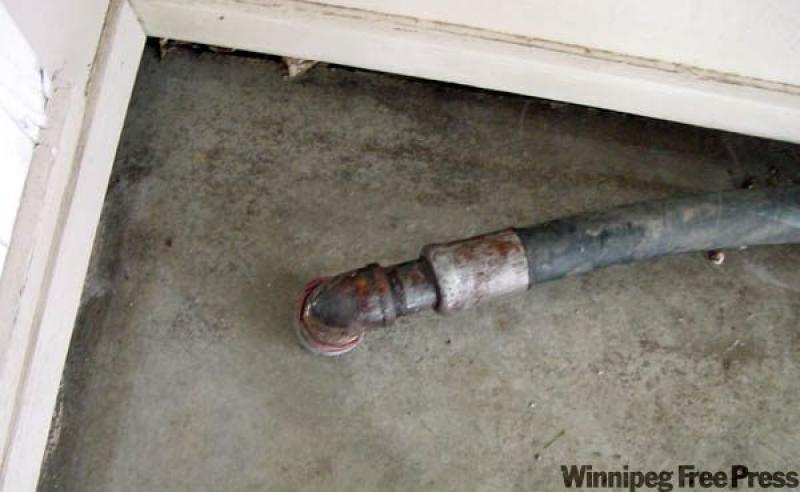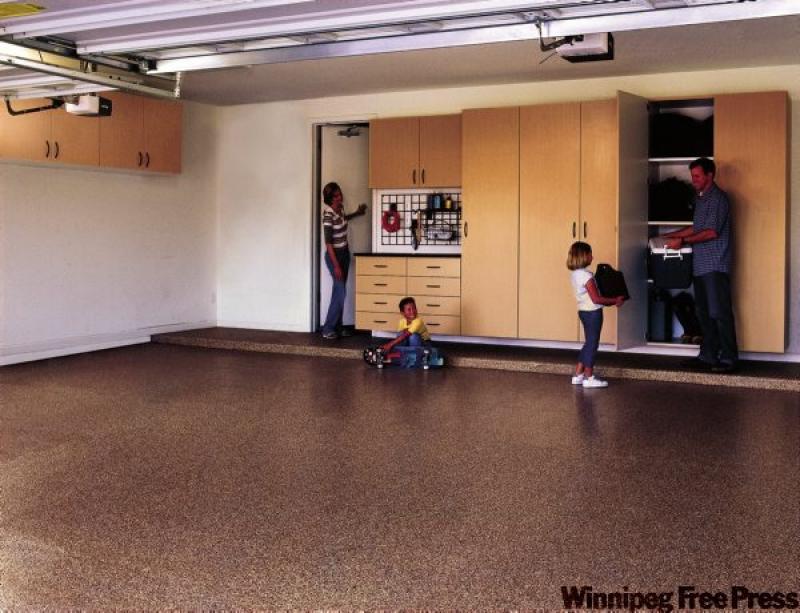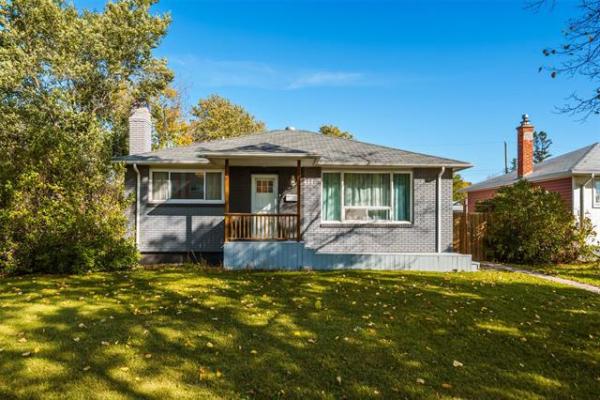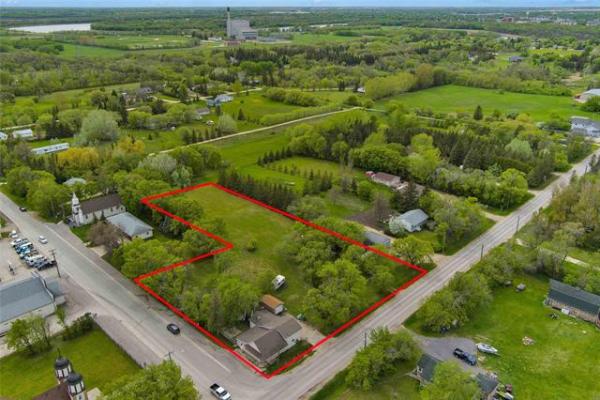
QUESTION -- We would appreciate your opinion about our garage floor.
Our house, with double attached garage, was built in the late sixties. We found that the garage floor is gradually sinking, but more so the past year. Our house has a floating basement slab, with piles for the foundation. We covered our patio about 10 years ago and that is supported by piles, but I am not sure about the attached garage.
Is it better to have the garage floor slab re-poured or lifted by mud jacking? We value your opinion. Thank you for your kind attention to this question.
--Rose & Dick Lim, Winnipeg
ANSWER -- Once an older concrete floor slab in a garage has settled, significantly, there may little you can do other than removal and replacement, unless it is still in very good condition. Lifting it with mud jacking is one other possible option that I will explore as well as the reasons for the settled slab, in the first place.
Most of the garages in our area, attached or free standing, are built with the floor slab on grade. The majority of free-standing garages are built with the slab supporting the garage, usually with thickened concrete at the edges. While this method of construction may work well for many years if the soil and stone under the slab is well compacted prior to installation, it will eventually shift, settle and crack with normal soil movement. Because we have expansive clay soil in the Red River Valley, the supporting soil under the garage will be subject to moisture and frost related movement. For this reason, many newer garages and the majority of attached garages like yours, are being built in a different manner.
Attached garages, beginning around the time your home was built, are being constructed with a short concrete grade beam supporting the walls of the garage. This grade beam is almost always supported on deep concrete piers, or piles, and is independent of the garage floor slab. This is similar to the description you have provided of your basement floor slab as "floating". The benefit of this method of construction is to allow the large concrete garage floor to move normally with the subsoil, but not have this movement affect the structure of the garage, itself. While this approach ensures that the garage walls and roof resist excessive movement, it does little to prevent the floor movement, which can sometimes appear worse due to the stable structure.
Most often, this slab movement is seen as heaving upwards, but there can also be uneven settlement, like you have experienced.
Once the garage floor has heaved or sunken, excessively, repairs are largely dependent on the condition of the concrete. If the slab has few, even cracks, and has sunken in one direction only, it may be repairable. Also, if only one section only has dropped, which is commonly seen on older attached garage floors, mud jacking may be an option. This repair method involves pumping a large quantity of material underneath the existing slab, through small holes drilled in the surface. The new material pumped in is used to lift the slab close to the original position and even up uneven sections. The traditional mud jacking is done with a slurry, containing special clay that expands when hydrated and holds it position after installation. Newer methods involve injection of polyurethane foam underneath the slabs, but these are less proven than mud jacking.
As previously stated, this method of repair is only practical if the old concrete is still in good condition. Most concrete garage floors in excess of 40 years old have significant deterioration, other than just a few cracks. Many have surface deterioration, or spalling, due to years of moisture and road salt falling off parked vehicles. If this applies to your garage floor, then replacement is the only practical option. Also, if your slab has heaved and settled, it may be difficult to level it and still have an even surface to park your vehicles on. If the garage slab height is currently above the driveway near the vehicle doors, this will be a problem.
If replacement is chosen, care should be taken to prepare the area under the new concrete properly. While the soil is normally quite stable and compacted this long after initial construction of a home, there may be some unusual reason that your slab has sunken. Once the old slab has been removed, areas of silty soil may be seen underneath, which should be removed and replaced with more stable material. Also, the new concrete should be poured over a base of newly installed and compacted stone, several inches thick. This new base will help with proper drainage under the new floor and the compaction will help eliminate the uneven settlement you have previously experienced.
While there may be a couple of options for repairs of your older attached garage floor, the relative costs and benefits should be weighed before proceeding further. While mud jacking may be a viable option, the costs may be up to half that of replacement and you will still have an older slab, once repairs are complete. This repaired slab may not be subject to major movement for several years, but will still deteriorate with age, due to moisture from vehicles. You will have to decide whether it is worth spending significant money on repairs of this old floor or put that investment towards a more costly, but substantially longer lasting new concrete floor slab.
Ari Marantz is the owner of Trained Eye Home Inspection Ltd. and the President of the Canadian Association of Home & Property Inspectors - Manitoba (www.cahpi.mb.ca). Questions can be e-mailed or sent to: Ask The Inspector, P. O. Box 69021, #110-2025 Corydon Ave., Winnipeg, MB. R3P 2G9. Ari can be reached at (204) 291-5358 or check out his website at www.trainedeye.ca.




